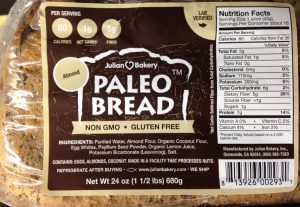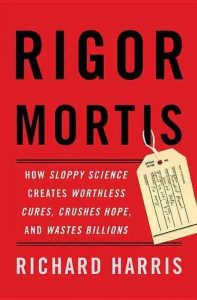My trip to the farmers market today was beautiful. In a magical perfection, bright yellow and orange leaves fluttered everywhere in the swirling wind, contrasting with the strong, steady, black-bark covered limbs arching over streets and sidewalks. Everyone at the market seemed calm and very content to be there. It put me in a mood to slow down, just be, and reflect about the ways we cope, consume, eat.
And, I want to suggest to you that, this Thanksgiving, you eat whatever you want.
But, before you do, be sure you really want it. And that you know why. Do we ever know why we do what we do? We say we want to be out of pain, physically, emotionally, and yet… Too often our actions don’t always fit our true wants. Perhaps, we are so busy wanting that we cling to our cravings and beloved symbols of comfort, especially when we get emotionally triggered. And our desire to be loved is often being the biggest “want” of all.
Emotionally triggered? Do you think it’s possible at this time of year? Honestly: do you think it’s not possible? A lot of us go into super-charge mode emotionally, putting ourselves on a hair trigger, easily upset by the smallest of things. It works great for retailers who put all kinds of irresistible comforts, stimulants, and distractions right under our noses. It doesn’t usually play out so well at family gatherings, however.
How will you be in this moment, this time we call Thanksgiving? This is the time we say is the opening of the Season of Joy. Can it be so for you? What would make it so? Is it about the sugar-coated, pecan-topped sweet potatoes, really? Foods like these may serve our past habits and past memories. And so, we tell ourselves that they are security, ground, and comfort—and a pleasure we need and deserve.
Clinging to the Past
The old way of doing things provides a railing that we hold on to as we navigate the steps of relationships, change, and uncertainty. But, truly, life is best lived in a state of uncertainty. That is where discovery lies. That is where novelty, growth, and the best in life reside. Perhaps, too, clinging to our old choices, habits, and memories is just an escape from uncertainty. So often we don’t dare be fully present, or embrace our new path. Perhaps because we fear feeling sad. Sad is bad enough at any time, but horrible in the Season of Joy.
This is an ideal time to build our confidence in our ability to let go of old ways and make wise choices. As  Pema Chödrön, puts it: “Natural intelligence is always accessible to us. When we’re not caught in the trap of hope and fear, we intuitively know what’s the right thing to do. If we’re not obscuring our intelligence with anger, self-pity, or craving, we know what will help and what will make things worse” [for us emotionally].
Pema Chödrön, puts it: “Natural intelligence is always accessible to us. When we’re not caught in the trap of hope and fear, we intuitively know what’s the right thing to do. If we’re not obscuring our intelligence with anger, self-pity, or craving, we know what will help and what will make things worse” [for us emotionally].
Let your ability to feel appreciation, gratitude, tenderness, and a sense of humor be your core—your warmth, your comfort, your peace, your celebration. This is a great time for warmth, first toward yourself and then toward everyone around you. Light a small fire inside; let it glow with your life energy and nurture your spirit. Let it be reason enough for the season. Also, free your mind to think more clearly, and make wiser choices. De-escalate triggers and remind yourself of the importance of past favorites, while looking forward to trying new things that are good for you.
Happy Thanksgiving!! And, remember, a low-oxalate holiday begins with your mindset.
Sources:
Pema Chödrön (2009) Taking the Leap. Freeing Ourselves from Old Habits and Fears. p.5
Photo Credit: Copyright: <a href=’https://www.123rf.com/profile_maxsheb’>maxsheb / 123RF Stock Photo</a>

















